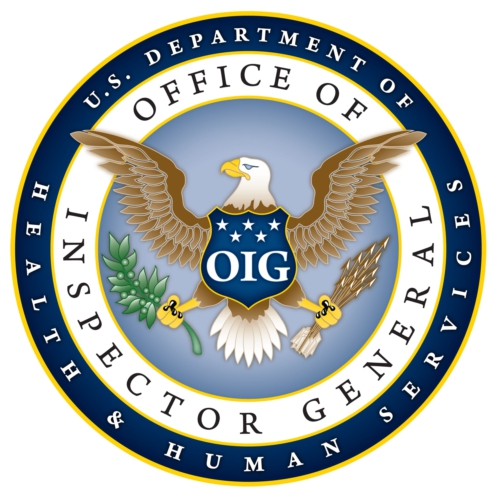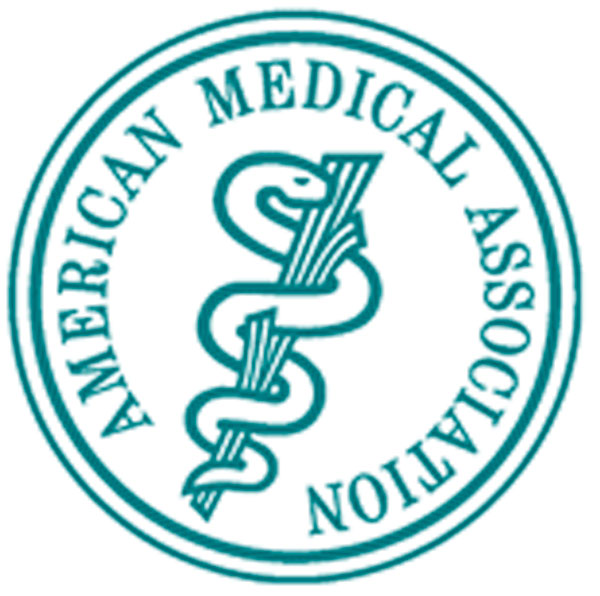Checklist Extra: The physician’s credentials have a role to play, too.
Your CPT® coding may be spick and span, but if you fail to fulfill your physician signature requirements, your claims could end up in hot waters because not following these rules can trigger audits and other compliance headaches. Getting your provider to sign your patient’s charts is a basic documentation prerequisite that calls for your relentless compliance.
Basic: The treating physician’s signature serves as a legible identifier for the provided/ordered services. Payers require that the signature must be present in the documentation that comes with your claim.
Check out the following Q&A and find out why stamped signatures just won’t do you any good.
Get to the Bottom line Of Handwritten vs. Electronic Signatures
Question 1: Some of our physicians use handwritten signatures on their charts and others prefer electronic signatures. Is either kind acceptable?
Answer 1: According to CMS,, “Medicare requires a legible identifier for services provided/ordered.” That “identifier” — or signature — can be electronic or handwritten, as long as the provider meets certain criteria. Legible first and last names, a legible first initial with last name, or even an illegible signature over a printed or typed name are acceptable. You’re also covered if the provider’s signature is illegible but is on a page with other information identifying the signer such as a typed name.
“Also be sure to include the provider’s credentials,” says Cindy Hinton, CPC, CCP, CHCC, founder of Advanced Coding Solutions in Franklin, Tenn. “The credentials themselves can be with the signature or they can be identified elsewhere on the note.”
Example: Pre-printed forms might include the physician’s name and credentials at the top, side, or...



